Additional notes (click to expand)
Medicinal
Culpeper 1650 "Cold and dry, binding, good for old ulcers"
Culpeper, Nicholas. (1650). A Physical Directory . London, Peter Cole.
Other use
Tannin, dyestuff
In the mid-nineteenth century the young leaves were eaten as a vegetable in parts of France and Germany
Sturtevant, EL. (1919). Edible Plants of the World. Dover Publications Inc.
A red dye can be extracted from the roots and is used as a food colouring
Plants for a Future (2010) (http://www.pfaf.org/)
Toxicity
Bristles can cause skin irritation.
www.rhs.org.uk
Geographical distribution
- Asia-Temperate, Western Asia, Turkey
- Europe, Eastern Europe
- Europe, Middle Europe
- Europe, Northern Europe, Denmark
- Europe, Northern Europe, Sweden
- Europe, Southeastern Europe
- Europe, Southwestern Europe
Podcast
Anchusa officinalis L.
Family: BORAGINACEAEGenus: Anchusa
Species: officinalis L.
Common names: Alkanet; Oxtongue
Pharmacopoeia Londinensis name: Anchusa
Distribution summary: Europe
Habit: Short-lived Perennial
Hardiness: H5 - Hardy; cold winter
Habitat: Roadsides, wasteland & cultivated land
Garden status: Currently grown
Garden location: Pharmacopoeia Londinensis 1618 'Roots' (HSE 3)
Flowering months: June, July, August, September, October
Reason for growing: Medicinal
.JPG)

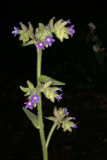
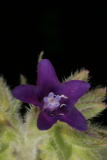
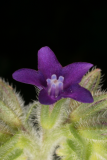
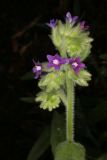
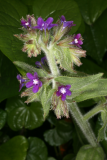
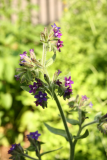
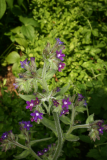
.JPG)
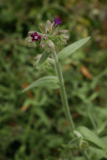
.JPG)